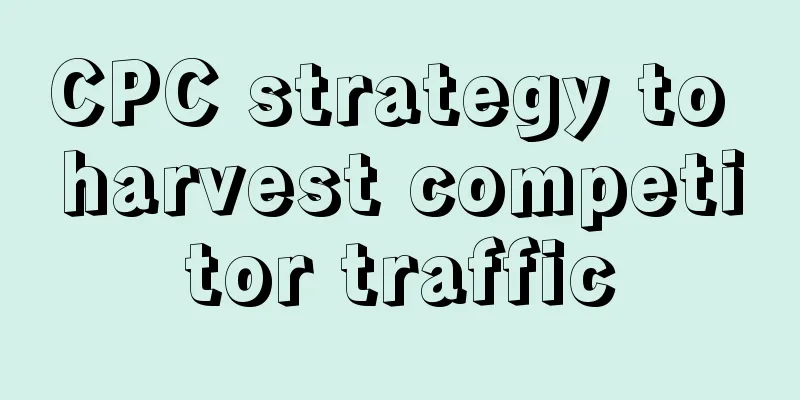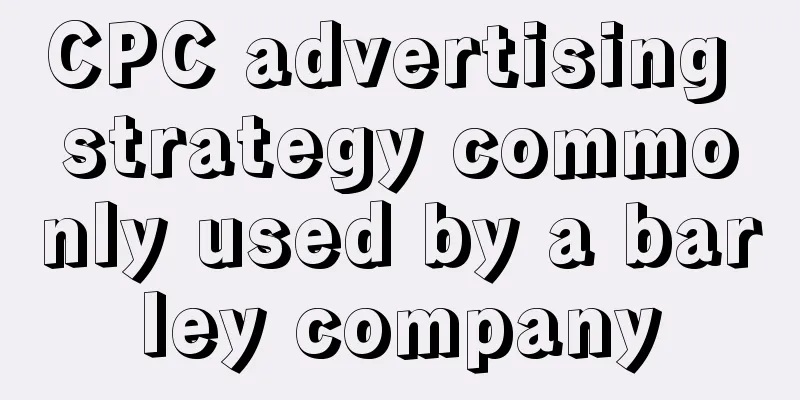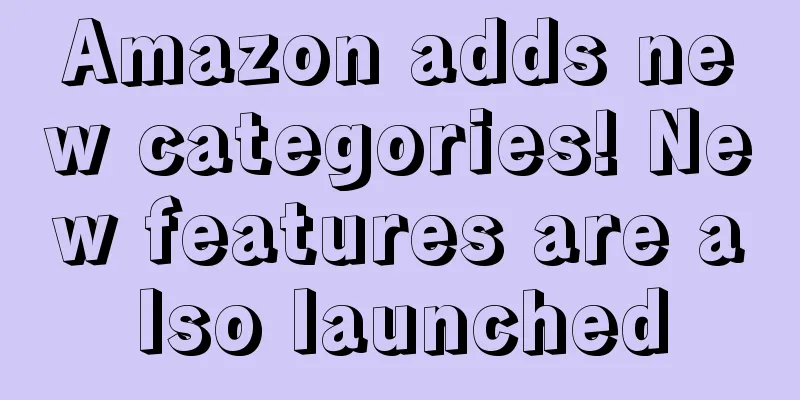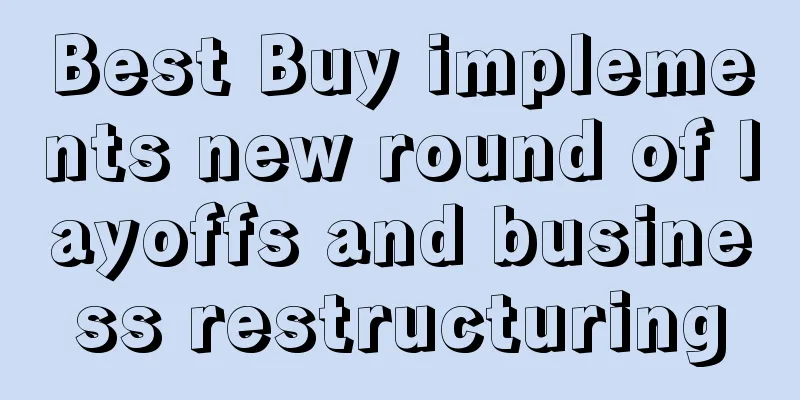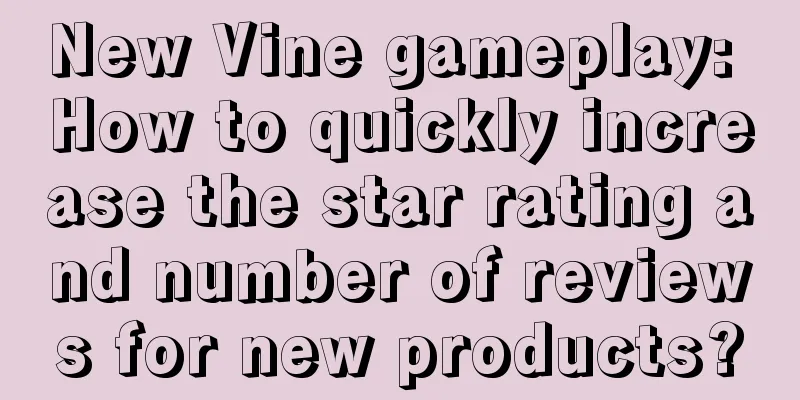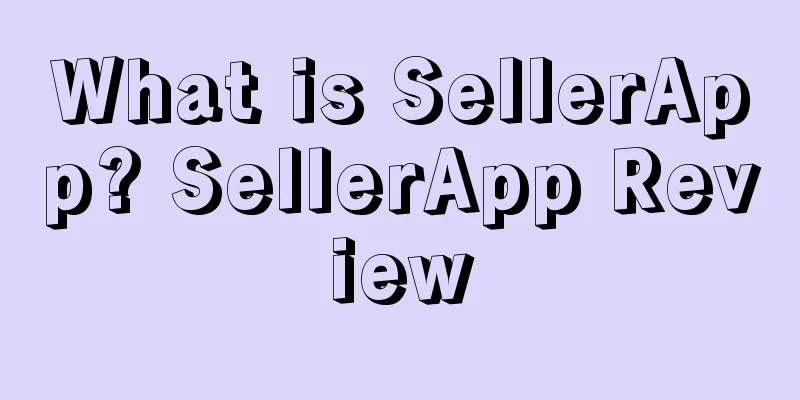Amazon traffic classification and value maximization
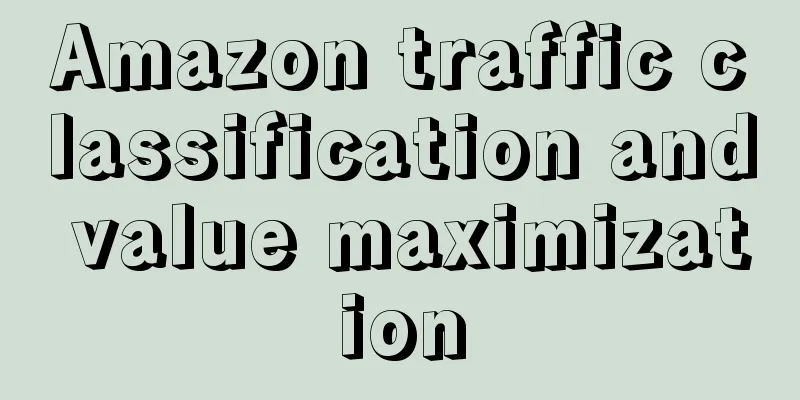
|
September 12, 2017 20:10 (China Time) Topic: Amazon traffic classification and value maximization Host: Eric Location: WeChat group of "Knowing Everything" Wendao Study Group Mode: Voice/text live broadcast What is the "Wen Dao Seminar" The name of the group comes from Tao Te Ching: "The superior man, when he hears the Tao, diligently practices it; the average man, when he hears the Tao, sometimes practices it and sometimes does not; the inferior man, when he hears the Tao, laughs at it; if he did not laugh, it would not be the Tao." This group pursues pragmatic and positive interactive sharing of knowledge and experience, and looks forward to cross-border e-commerce people encouraging each other's growth . 「Activity content record」 I am Eric from Zhejiang. I have been working on Alibaba International Station for more than 4 years and Amazon for more than 1 year. I am considered a newcomer in the industry. I am currently running both Alibaba and Amazon. The main content of today's discussion with you is more about concepts: simple classification of traffic and maximization of its use.
First, I will quickly go over the key elements of e-commerce, and then I will do an in-depth analysis of traffic. Without further ado, let’s get started.
First of all, if you must ask: What are the most important aspects of building a successful e-commerce platform? Any experienced operator will tell you: Successful e-commerce = product + traffic + conversion. Everyone who does Amazon knows: 70% depends on product selection and 30% depends on operation. Today, let's not talk about product selection, let's talk about the most basic operation.
According to the three factors just mentioned: not only products, but also traffic and conversion are extremely important. Without traffic, it is like opening a well-decorated store in the mountains and forests, with no one paying attention. Without conversion, even if the store is crowded with people every day and no one buys, it is a total loss. The ultimate goal of doing e-commerce is not to find good products or good operations. It is to make money.
Next, let me introduce the conversion chain of e-commerce: Profit = Exposure * Click-through rate * Purchase rate * Sales * Gross profit margin. Exposure here can be understood as traffic. This conversion chain is the foundation of e-commerce. It is also a way of diagnosing when a listing has no sales. Next, I will briefly introduce some of the relevant points of the above factors.
The most basic thing is traffic.
In traditional industries, as long as you have traffic or channels, you can make money. For example, you have a store in a downtown area. If you find a product that people just need, you can basically sell it. But this is not the case for Amazon. Having traffic does not necessarily mean you will make money, but not having traffic will definitely mean you will not make money. I have typed a lot of words just to introduce the concept of traffic. Now let’s get to the point: simple classification of traffic and maximizing its use.
First of all, let me ask you a question. How much does one traffic cost in your store? Or how much does one click cost? The original intention of asking this question is to make it clear that every traffic costs money. Everyone knows that PPC costs money, because Amazon will regularly deduct advertising fees from our balance. But does that mean that natural traffic doesn't cost money?
In my opinion, operating an Amazon platform involves a lot of messy expenses. But the only thing that can bring in revenue is selling goods. And selling goods, for example, goes through the chain of exposure -> click -> purchase. Then all the traffic coming into our store must be allocated to the cost. Therefore, it is not only paid traffic that costs money, but all traffic is what we spend money on.
So how do you calculate the cost of a single order? My personal opinion is: the cost of each order = [(monthly PPC cost + platform fee) + (product cost + first leg + tariff + FBA cost)] / number of orders.
How to calculate the cost of a single flow?
Without considering the test and off-site promotion, the cost per click = (monthly PPC cost + platform fee + FBA storage fee) / monthly click quantity. According to this formula: Assume a store has 20 listings, and the average monthly PPC cost of one listing is $900. The product cost is 20 yuan, the first-leg cost per product is 5 yuan, the FBA cost is 4 US dollars per item, and the tariff is 2 yuan. There are 1,500 orders per month. The number of clicks on this listing is 5,000 per month.
Calculated in this way: the cost of one click is $0.2, and the cost of one order is $5.67. This is when the listing performs well. If it does not perform well, the cost of one click is likely to reach $1-2. The cost of a fixed order is also likely to reach $10-20. In fact, this is a very scary number for many companies. Faced with such data, what we can do is to find ways to reduce costs. The most direct way is to reduce the cost of each click. So as a boss or operator, how can we reduce this cost? Let's talk about it from several aspects:
The general principle of reducing the cost of word clicks.
1. Every flow has a cost. 2. Introduce free traffic (natural search) to the maximum extent. 3. Make the most of paid traffic (traffic obtained through PPC, flash sales, fake orders, etc.) The source of traffic. Before that, let’s briefly introduce the sources and classifications of traffic:
1. Amazon traffic sources: A. Traffic within Amazon (precise). B. Amazon’s off-site traffic (Amazon’s official traffic/self-introduced traffic) For example: based on the acquisition port: search, category, association, advertising, flash sale. Based on the traffic acquisition method: in-site ranking, in-site advertising, off-site diversion, old customer return. Based on the traffic type classification: free traffic and paid traffic.
2. How to obtain traffic: A. On-site: main site, mobile site, on-site advertising, associations, flash sales, etc. B. Off-site: search engines, social network SNS, advertising alliances, email marketing, free B2B platform. C. Establish a high-quality customer resource pool, EDM, etc.
How can we reduce the cost per click? Paid traffic is not sustainable, we need to increase free traffic. Paid traffic PPC traffic requires a high cost, since it costs money, we must maximize its use.
A few thoughts that need to change.
All paid services (PPC, promotions, and test drives) are designed to increase free traffic (maximize rankings). Paid traffic accumulates weight for natural traffic!!! Then we earn profits from natural orders. So, we must not think: if there is no sales today, we can run an ad, do a flash sale, and then start making money. Even if we can make some money, it is only a very small piece of the pie, and it is unsustainable.
that is:
How to improve natural rankings?
Finally, since the purpose of paid traffic is to improve organic rankings, how can we improve organic rankings? Let’s summarize it with a picture that everyone knows: The most important of these are conversion rate and relevance.
Relevance is reflected in the listing itself. Some should be filled in by the seller: title, description, selling point, ST. Some should not be filled in by the buyer: Q&A, Review, etc. But no matter who should write it, find a way to reasonably control it, and it will be ok. There are too many things to share about listing creation, so I won’t talk about them one by one. As for the conversion rate, of course, it should be controlled within a reasonable range. Under normal circumstances, it should be possible to do it with some human intervention.
Today I will mainly talk about how to value every bit of traffic and use paid traffic with a purpose, so as to continuously accumulate listing weight and obtain a steady stream of orders.
These are the main contents of my sharing. Thank you everyone! |
Recommend
Biden forced the purchase of American goods, and a large number of sellers' orders plummeted...
Biden just said last week that he would impose ta...
All destroyed! Amazon will ban sales in this category!
“ Amazon bans the sale of these products Recently,...
Explanation of the principles of Amazon service provider program
Keywords on home page This service seller can do ...
What is Post Planner? Post Planner Review
Post Planner is a tool that can find and share con...
What is Prime Pantry Box? Prime Pantry Box Review
Prime Pantry Box is a service launched by Amazon s...
Product selection sharing丨Amazon sellers should pay attention to these 5 categories in Q1 2022!
It is understood that 2022 will be a challenging y...
Compromising with sellers? Etsy announces adjustments to its star seller program!
<span data-shimo-docs="[[20,"获悉,据外媒报道,在卖家举...
Trump 2.0 is launched. What impact will the cross-border e-commerce industry have?
At noon on the 20th, Eastern Time, Trump was swor...
What is Six Degrees Consulting? Six Degrees Consulting Review
Shenzhen Liudu International Business Consulting i...
What will you rely on to capture consumers during this peak season? Just do this well!
<span data-docs-delta="[[20,"获悉,根据《美国新闻与世界...
What is VMLogin? VMLogin Review
VMLogin Chinese version anti-association fingerpri...
What is Shop101? Shop101 Review
Shop101 is a mobile social e-commerce platform for...
What is Groupon? Groupon Review
Groupon was first established in November 2008, wi...
What is MiJingTong ERP? MiJingTong ERP Review
Mijingtong Cross-border E-commerce ERP is a must-h...
What are Search Terms? Search Terms Review
Search Terms is a term used by Amazon to match cus...
